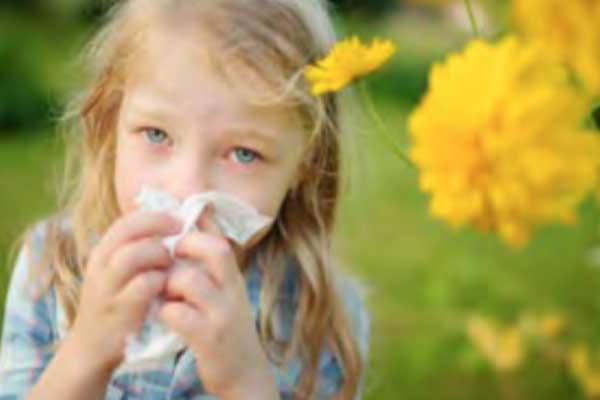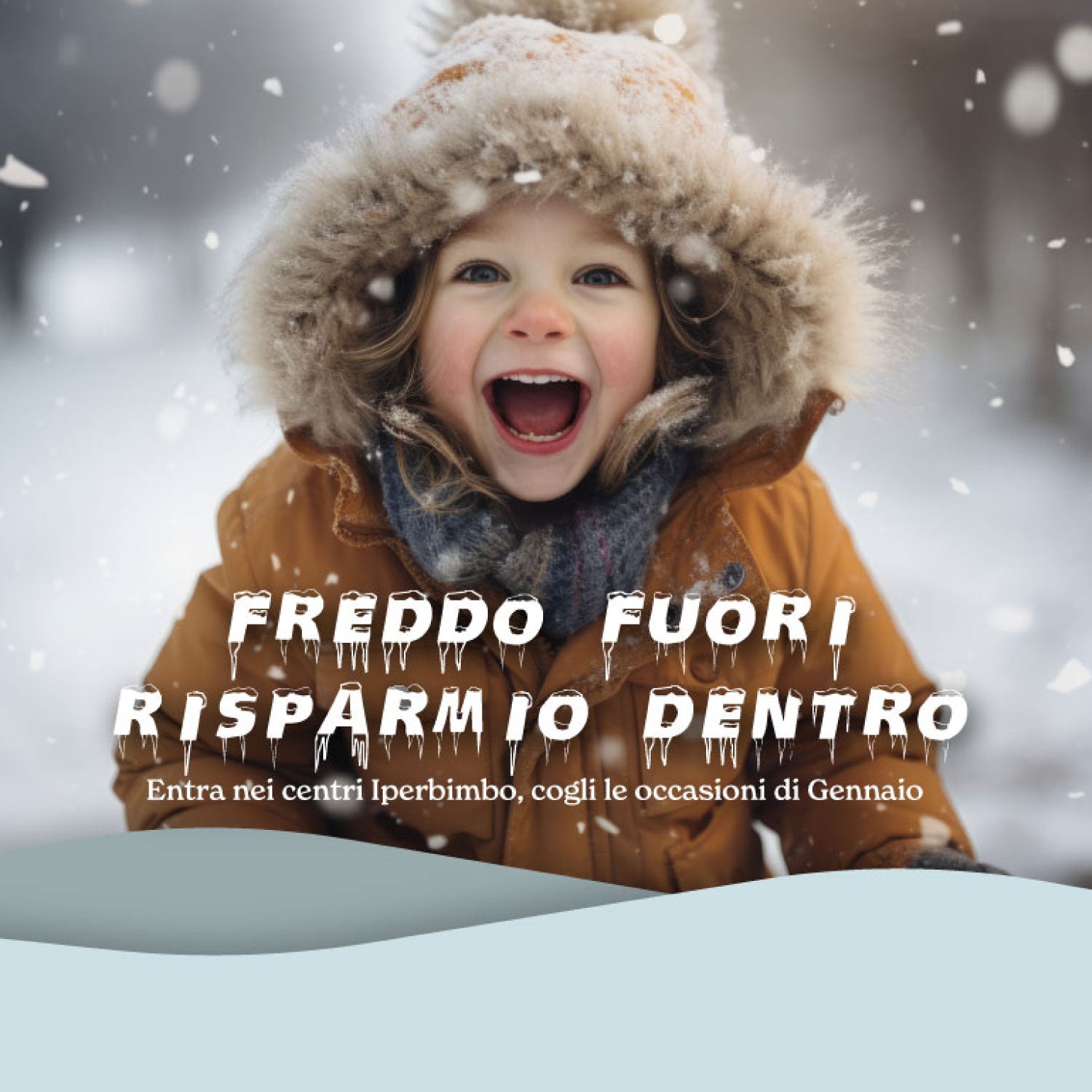Allergies are a growing phenomenon:
today in Italy 25% of children suffer from it , while in the 90s it was only 7%.
Among the causes of this upsurge are lifestyles, pollution, stress, passive smoking,
excessive environmental hygiene , refined foods and industrial products rich in additives, flavourings, preservatives, viral pathologies, abuse of drugs and global warming.
They are divided into:
-
respiratory allergies involving conjunctivas, mucous membranes of the upper or lower respiratory tract;
-
skin allergies affecting the digestive and respiratory mucous membranes;
-
food allergies present in the first few years of life, which tend to resolve by themselves.
Respiratory allergies are a complex and variable pathology. If it is in the air,
the allergen is breathed in and triggers the allergic reaction (rhinitis, asthma and conjunctivitis); the dry and windy climate favors its spread, while the rain cleans the air and relieves ailments. Nutrition plays an important support function,
and a reduction of foods rich in histamine is indicated, responsible for allergic symptoms, such as fermented cheeses, tuna, anchovies, sardines and salmon, crustaceans, seafood, eggs, molluscs, tomatoes raw, strawberries, chocolate, dried fruit, lentils and broad beans.

There are
so-called "cross" reactions between two substances of a different nature, at different times of the year.
The immune system protects the body from any interference that could threaten its integrity. In food allergies it mistakes some proteins present in the food (allergen) for a threat and reacts by releasing substances (histamine) into the circulation which cause the symptoms (rhinitis, urticaria, conjunctivitis, asthma, eczema, up to vomiting, nausea and diarrhea),
a starting from the second intake of the food. In most cases the release of histamine occurs only locally, in the mucous membrane that has come into contact with food;
in the case of anaphylaxis, on the other hand, the reaction is so violent as to involve the entire organism . Symptoms and reactions to food consumption
vary from one child to another , which is why it is important to diagnose any allergy early.
The likelihood of developing an allergy is higher if one or both parents are allergic. There is no solid evidence that avoiding allergens during pregnancy has a protective effect, while exclusive breastfeeding is thought to offer some additional protection.
The Ministry of Health underlines that any allergy condition, symptomatic or asymptomatic , does not contraindicate vaccinations (!).
In the past it was recommended to delay the inclusion of some foods in the infant's diet, but recent studies are demonstrating the opposite. In children, the possibility of an evolution from food allergy to inhalation allergy and from skin symptoms, such as atopic eczema, to respiratory symptoms such as asthma and allergic rhinitis is known; this evolution is known as allergic march.
In the first months of life the newborn reacts to histamine,
therefore it is possible to verify a diagnosis of allergy through skin allergy tests, or Prick Test . In children, the tests are more reliable starting from 3 years of age.
Skin tests are safe only in an outpatient setting and at any time of the year, and it is advisable not to perform them in the acute phase. If the child refuses the test
, it is possible to resort to the search for specific IgE for suspected allergens with a blood sample, guaranteeing the child health and a good quality of life.
The pollen calendars list all types of pollen (the site of the Italian Aerobiolgia Association, www.ilpolline.it , is constantly updated) :
- those of the winter season, such as cypress, hazelnut and alder;
- the summer ones, such as ragweed and artemisia or amaranth pollen.
There are perennial allergens, such as dust mites, molds, animal epithelia, and others that are impossible to detect.
The data provided by the
SIAIP (Italian Society of Pediatric Allergy and Immunology)
indicate that the percentage of allergic children tends to increase: today, in those under the age of 14 the percentage is between 30% and 40%.
Allergic children must be treated with tact, because they undergo strict discipline and many sacrifices. By addressing them phrases such as "what a problem, I don't know how you do it!", "maybe, if you eat a little, it won't hurt you" or "look on the bright side: no crap-fezze", you get the only result to make them allergic even to superficiality and rudeness, for which there is no effective medicine.
Taken from Being Born a Mother by Gloria Cardano
 There are so-called "cross" reactions between two substances of a different nature, at different times of the year. The immune system protects the body from any interference that could threaten its integrity. In food allergies it mistakes some proteins present in the food (allergen) for a threat and reacts by releasing substances (histamine) into the circulation which cause the symptoms (rhinitis, urticaria, conjunctivitis, asthma, eczema, up to vomiting, nausea and diarrhea), a starting from the second intake of the food. In most cases the release of histamine occurs only locally, in the mucous membrane that has come into contact with food; in the case of anaphylaxis, on the other hand, the reaction is so violent as to involve the entire organism . Symptoms and reactions to food consumption vary from one child to another , which is why it is important to diagnose any allergy early. The likelihood of developing an allergy is higher if one or both parents are allergic. There is no solid evidence that avoiding allergens during pregnancy has a protective effect, while exclusive breastfeeding is thought to offer some additional protection. The Ministry of Health underlines that any allergy condition, symptomatic or asymptomatic , does not contraindicate vaccinations (!).
In the past it was recommended to delay the inclusion of some foods in the infant's diet, but recent studies are demonstrating the opposite. In children, the possibility of an evolution from food allergy to inhalation allergy and from skin symptoms, such as atopic eczema, to respiratory symptoms such as asthma and allergic rhinitis is known; this evolution is known as allergic march.
In the first months of life the newborn reacts to histamine, therefore it is possible to verify a diagnosis of allergy through skin allergy tests, or Prick Test . In children, the tests are more reliable starting from 3 years of age. Skin tests are safe only in an outpatient setting and at any time of the year, and it is advisable not to perform them in the acute phase. If the child refuses the test , it is possible to resort to the search for specific IgE for suspected allergens with a blood sample, guaranteeing the child health and a good quality of life.
The pollen calendars list all types of pollen (the site of the Italian Aerobiolgia Association, www.ilpolline.it , is constantly updated) :
There are so-called "cross" reactions between two substances of a different nature, at different times of the year. The immune system protects the body from any interference that could threaten its integrity. In food allergies it mistakes some proteins present in the food (allergen) for a threat and reacts by releasing substances (histamine) into the circulation which cause the symptoms (rhinitis, urticaria, conjunctivitis, asthma, eczema, up to vomiting, nausea and diarrhea), a starting from the second intake of the food. In most cases the release of histamine occurs only locally, in the mucous membrane that has come into contact with food; in the case of anaphylaxis, on the other hand, the reaction is so violent as to involve the entire organism . Symptoms and reactions to food consumption vary from one child to another , which is why it is important to diagnose any allergy early. The likelihood of developing an allergy is higher if one or both parents are allergic. There is no solid evidence that avoiding allergens during pregnancy has a protective effect, while exclusive breastfeeding is thought to offer some additional protection. The Ministry of Health underlines that any allergy condition, symptomatic or asymptomatic , does not contraindicate vaccinations (!).
In the past it was recommended to delay the inclusion of some foods in the infant's diet, but recent studies are demonstrating the opposite. In children, the possibility of an evolution from food allergy to inhalation allergy and from skin symptoms, such as atopic eczema, to respiratory symptoms such as asthma and allergic rhinitis is known; this evolution is known as allergic march.
In the first months of life the newborn reacts to histamine, therefore it is possible to verify a diagnosis of allergy through skin allergy tests, or Prick Test . In children, the tests are more reliable starting from 3 years of age. Skin tests are safe only in an outpatient setting and at any time of the year, and it is advisable not to perform them in the acute phase. If the child refuses the test , it is possible to resort to the search for specific IgE for suspected allergens with a blood sample, guaranteeing the child health and a good quality of life.
The pollen calendars list all types of pollen (the site of the Italian Aerobiolgia Association, www.ilpolline.it , is constantly updated) :



